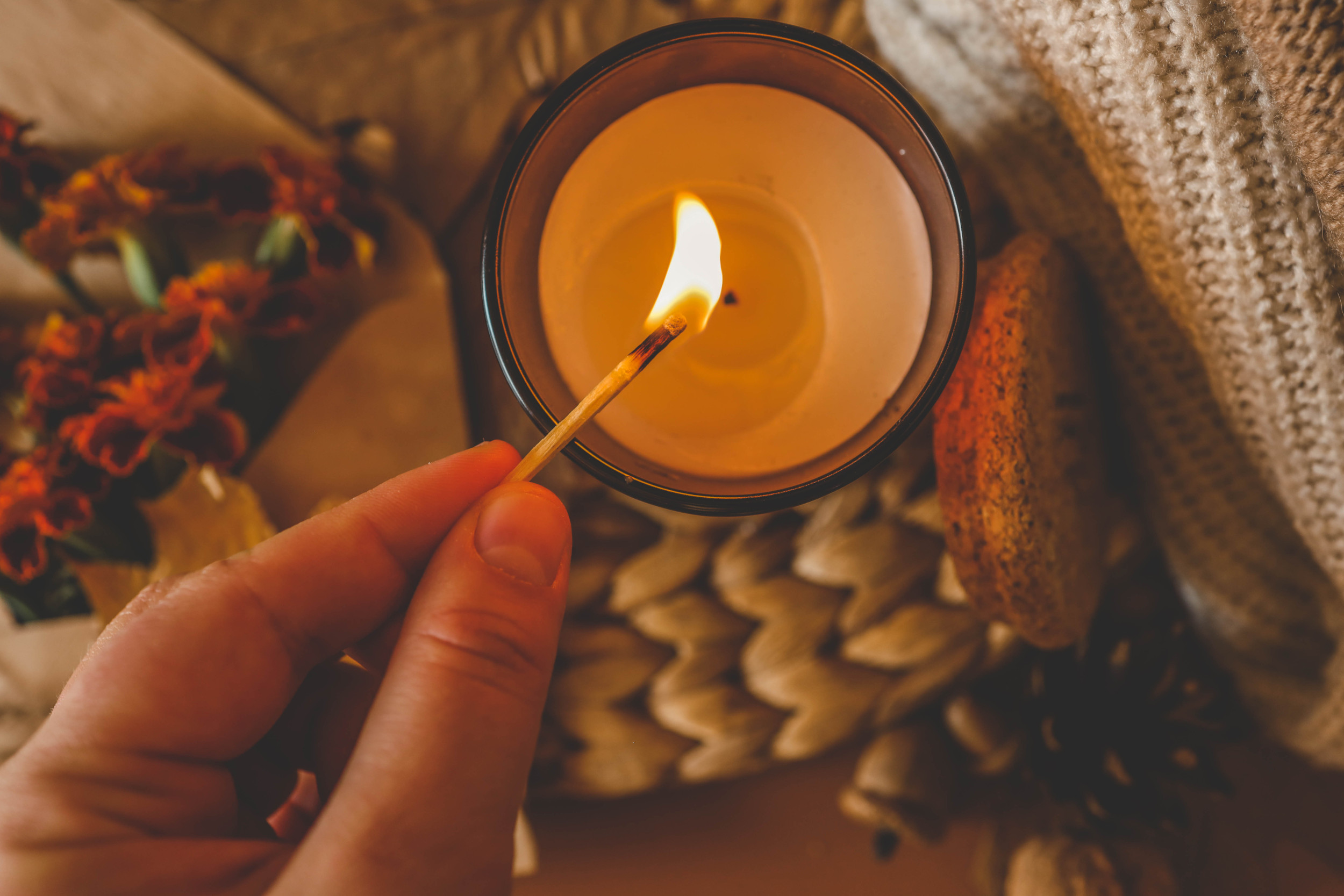
Officials are urging more than 300,000 residents in Southern California to avoid lighting candles and other sources of indoor air pollution as high winds have stirred up dangerous levels of dust, triggering an air quality alert that remains in effect through early Friday morning.
Why It Matters
With particle pollution reaching levels considered harmful by the South Coast Air Quality Management District (AQMD), the health of thousands across Southern California is at risk. The alert spans cities including Palm Springs, Indio, and La Quinta—regions frequented by tourists and home to large populations of older adults and outdoor workers. Poor indoor air practices during this period, like using candles or incense, can worsen already unhealthy conditions indoors.
What to Know
The National Weather Service (NWS) broadcasted the alert from the South Coast AQMD on Wednesday afternoon, warning that windblown dust has significantly elevated fine particle levels in the air. These pollutants are small enough to penetrate deep into the lungs and even enter the bloodstream, contributing to serious health effects such as asthma attacks, heart disease, and lung infections.
The alert is in effect until 7 a.m. on Friday. Health officials emphasize that the effects of exposure can vary based on time, place, and individual health status. However, those with pre-existing heart or lung conditions, children, older adults, and people who are pregnant are particularly vulnerable.

Bohdan Bevz/Getty
Residents are being told to avoid lighting candles, burning incense, using fireplaces, or grilling—activities that can increase indoor particle pollution. Instead, people are advised to keep windows and doors closed, run air purifiers if available, and use air conditioning units that recirculate indoor air. If staying cool is necessary, officials recommend avoiding swamp coolers or whole-house fans that draw air from outside.
The AQMD has outlined protective actions depending on the Air Quality Index (AQI). For instance, when AQI is in the “Unhealthy for Sensitive Groups” range (orange), at-risk groups should limit extended outdoor activity. At the “Unhealthy” (red) or “Very Unhealthy” (purple) levels, restrictions extend to the broader public, with outdoor exertion strongly discouraged. In “Hazardous” (maroon) conditions, everyone should stay indoors and cease all outdoor physical activity.
The dust levels are expected to improve during the day on Thursday as winds temporarily subside, AQMD said on its website, but it could worsen again on Thursday night into Friday morning.
Similar air quality alerts were issued across the region earlier this month, with air quality reaching hazardous levels in some areas, prompting an emergency health warning.
What People Are Saying
NWS meteorologist Sam Zuber, who works at the San Diego office, told Newsweek: “Winds are going to start to pick up with gusts 20 to 25 miles per hour in the deserts, including in the Coachella Valley, as early as noon on Friday. We will probably see winds peak in the evening … and it’s a very similar story for Saturday.”
She added: “With these windspeeds, we can definitely see some blowing dust out there. When you’re out in the desert, it is very common with these windspeeds, so it’s very possible the air quality district may extend the [air quality alert].”
A South Coast AQMD spokesperson previously told Newsweek: “Windblown dust events can occur year round but high winds and dust most frequently occur from April to October in the Coachella Valley.”
What Happens Next
Winds are expected to die down by Sunday. Officials advise residents to continue monitoring conditions through local advisories and to avoid any actions that could deteriorate air quality indoors. More updates and protective health recommendations are available through the AQMD mobile app and official websites.




